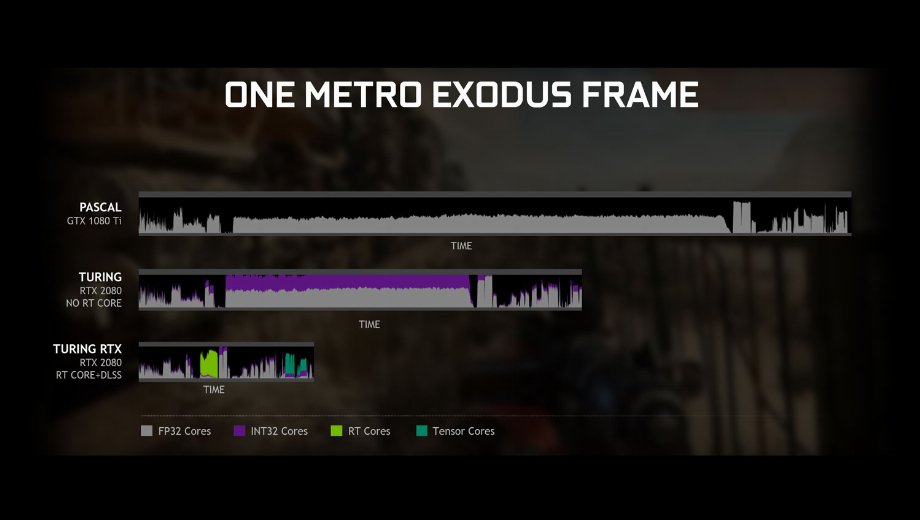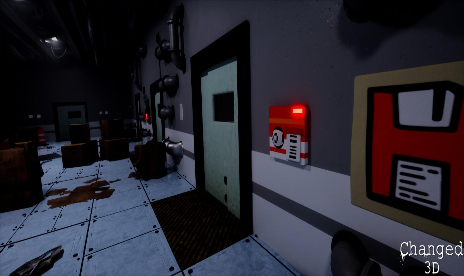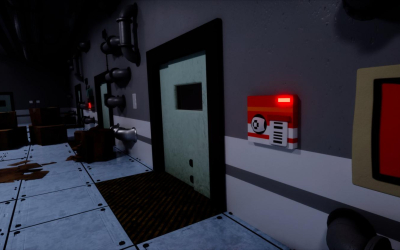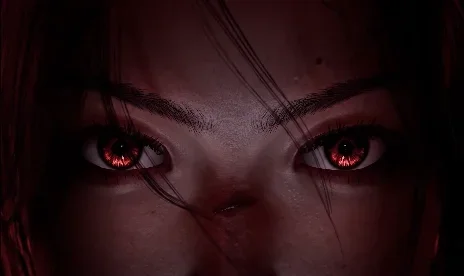Nvidia is adding ray tracing to GTX 10-series graphics cards

Half a year after Nvidia introduced RTX ray tracing to the world with its Turing graphics cards, where it claimed that only that new-generation of GPUs had the hardware necessary to display realistic lighting in games thanks to their RT cores, it’s now announced that it’s backdating the feature to its last-generation of cards: The Pascal-powered, GTX 10 series.
This is exciting news for anyone with a last-generation graphics card and shows that while Nvidia’s RTX graphics cards might be the best ray tracing GPUs yet released, they aren’t the only ones that can do it. AMD’s graphics cards have shown their ability to handle ray tracing in Crytek’s new Neon Noir demo, and in its AMD’s own ray tracing for enterprise settings. Now Nvidia is admitting that its older cards can do it too.
Not all last-gen cards will be given the ability, however, only those that are powerful enough. The range is still quite broad though. We’re told that the Titan XP, Titan X, GTX 1080 Ti, 1080, 1070, and 1060 6GB will all unlock ray tracing capabilities in the near future. They will be joined by the recently released GTX 1660 Ti and 1660 cards too.
The question is, how well will they actually run ray tracing? We’ve seen even the 2080 Ti struggle to hit playable frame rates in some ray traced games, so how could a GTX 1060 hope to compete? In short, it won’t. Cards at the low-end of the Pascal scale will only offered the most basic of ray tracing features and will certainly be limited to 1080P as a resolution. Frame rates will likely be abysmally low too, so we don’t expect too much to come from this announcement, even if it is nice to see Nvidia not forcing gamers who want to try out ray tracing to upgrade to its new-generation of super expensive cards.





![Frostpunk 2 v1.0-v1.5.1+ (+26 Trainer) [FLiNG]](https://9588947a.delivery.rocketcdn.me/wp-content/uploads/2026/01/Frostpunk-2-01-464x276.webp)

![Serious Sam 2 – 20th Anniversary Edition v1.0 (+5 Trainer) [PLAYMAGiC]](https://9588947a.delivery.rocketcdn.me/wp-content/uploads/2026/01/Serious-Sam-2-20th-Anniversary-Edition-01-464x276.jpg)


























